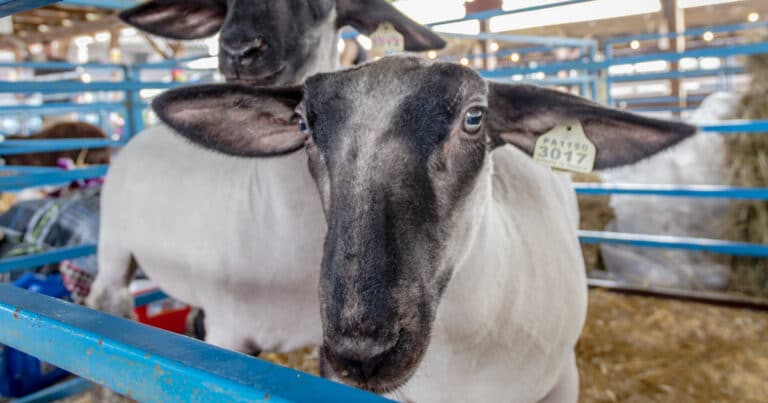
How to Buy a Lamb that Will Win! (ideal market lamb pick)
As you prepare for your 4H or FFA market lamb or show lamb project, one of the first things you will need to do is
Deciding to take part in a 4-H sheep project is a big decision. Sheep, as well as other types of livestock, are a lot of work, and caring for them is a significant responsibility.
But with that responsibility often comes the satisfaction of knowing you have worked hard to be a successful young farmer. The value of this feeling (and the impact it can have on the trajectory of a young person’s life) can’t be underestimated. And this is one of the many reasons to commit to a 4-H sheep project.
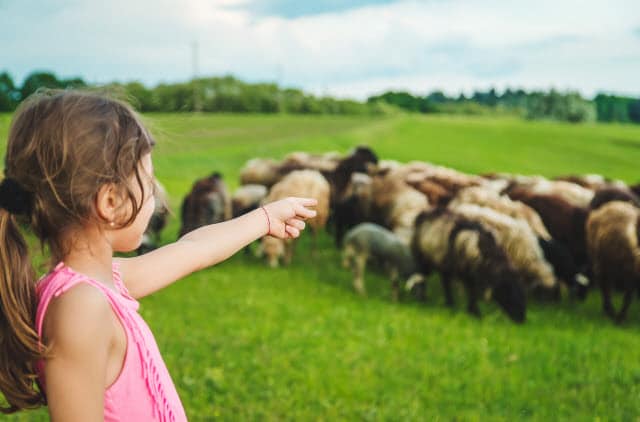
I enrolled in my county’s 4H sheep club when I was 9 years old, and exhibited sheep at our local fair every year until I was 18 (and afterward as an adult).
I learned a lot about life’s hardships, overcoming adversity, and about myself during the time I was a member (and eventually President) of my local 4H sheep club. Today, I look back on that experience as one of the most valuable gifts my parents gave to me.
If you’re considering enrolling your child in 4H and want to raise sheep for your project, you’re in the right place.
On this page I’ll introduce you to the basics of getting involved in 4H with sheep. I’ll share some tips, best practices, and personal stories of things that I learned during my 4H sheep experience to help you get the most out of your project.
On this page I’ll cover:
Let’s get started by choosing from the …
If you want to participate in a 4H Sheep project there are two primary ways to do this:
My first 4H sheep club project was raising a market lamb for the local county fair. In this project you’ll visit a farm and buy a lamb in early spring, raising it to show at your local fair where it will be auctioned for sale as a meat animal.
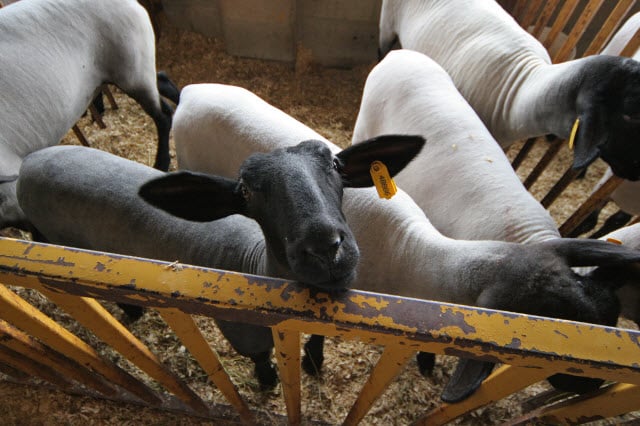
One of the advantages of this project is that there is not a year-round commitment. You will buy a lamb in the spring, raise it during the summer when pasture is readily available, and then show and sell it in late summer or in the fall. You won’t have to manage the expense of wintering over sheep if you don’t want to.
Other benefits of this project include:
The disadvantage of this project comes when it’s time to say goodbye at the end of the season. This can be difficult for a young child, but it offers an important teaching moment about the work and sacrifice it takes to be a farmer, and teaches children to appreciate where our food comes from.
In this 4H project you’ll do many of the same things, but you’ll be showing an animal against others of the same breed, raising a sheep to winter-over on your farm and to one day breed and produce lambs of your own.
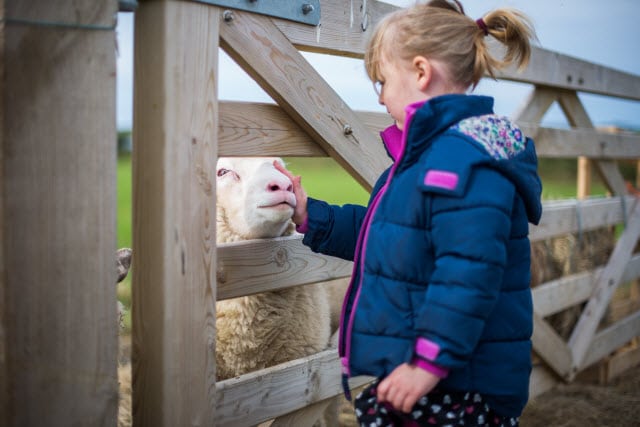
Typically you’ll choose a breed of sheep to raise, visit a farm and select a ewe lamb, learn to care for and show that sheep, and winter it over on your farm to show again as a yearling the following year, and then breed her to have her first lambs as a two year old.
This project comes with its share of lessons as well. Your child will learn about the life cycle of sheep, and will get an up-close look at every stage of the process of raising sheep on a farm.
Once you have enrolled in the project, you need to begin your record keeping.
Some project leaders will provide you with a formal record keeping book for your project. Others will require you to put together a notebook for this purpose.
Either way, your project record keeping notebook is not only valuable to you as a producer, it can also be used to earn recognition at your county Achievement Day and in county and state level competitions.
As your flock of sheep grows, you can use your records to choose which lambs to keep for breeding stock, and which to sell.
For the sake of this article we will assume you are properly prepared to raise your animals by having adequate fencing, water and shelter resources and equipment.
If you aren’t sure where to start in stocking up on supplies for your 4H show lamb project, we’ve provided a basic equipment list to help you get started:
By the way – if you’re shopping for equipment for your 4H sheep project, you may find some of these buying guides helpful:
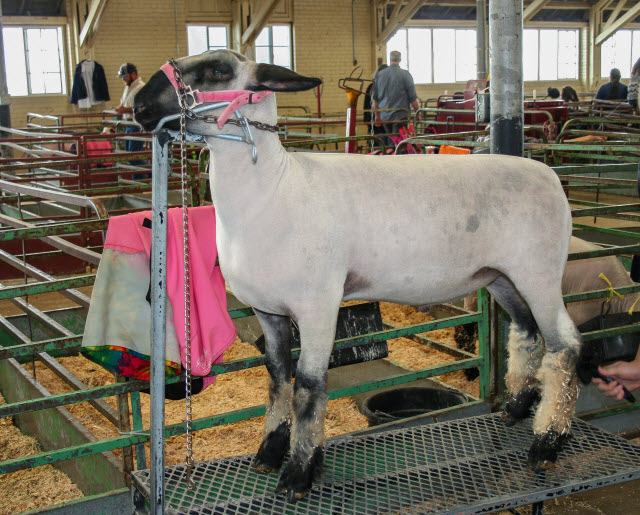
We will assume you have researched sheep breeds and that you’ve selected sheep suitable for your project (market lambs, breeding stock for show or wool breeds for yarn production).
From here, let’s talk about how to successfully participate and complete your project.

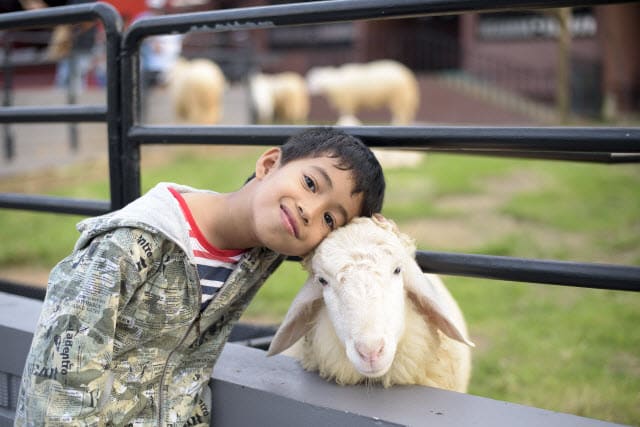

As you prepare for your 4H or FFA market lamb or show lamb project, one of the first things you will need to do is
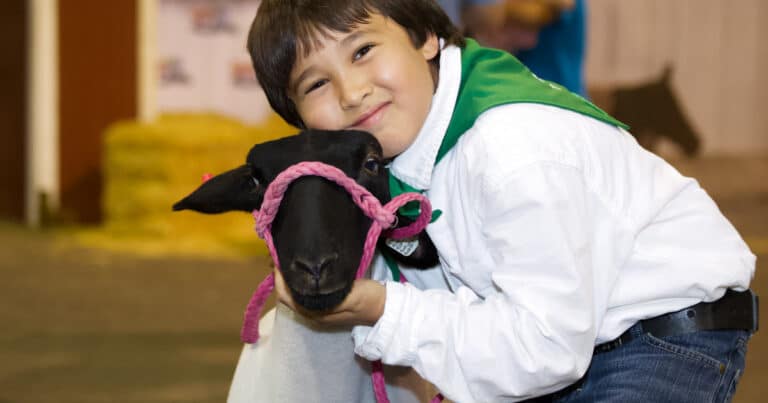
One of the first activities you and your child will be engaged with when you purchase your first 4-H or show lamb is learning how
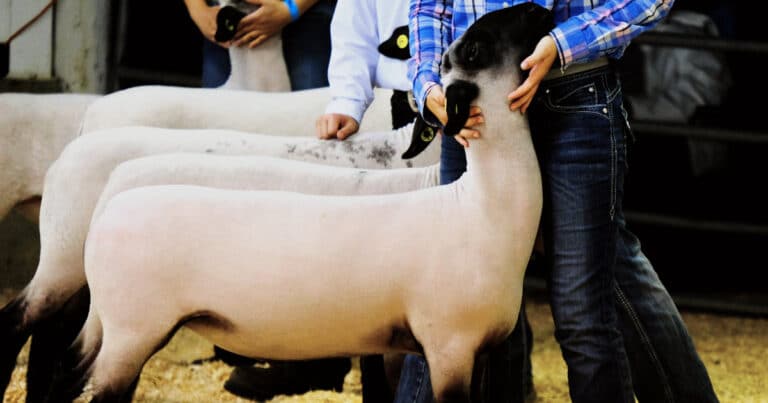
If you’re looking for a good guide with sheep showing tips, you aren’t alone. Whether you’re just getting started with sheep or are an experienced

There’s nothing more satisfying than to see your child complete the hard and rewarding work of a market lamb or show lamb project. But for
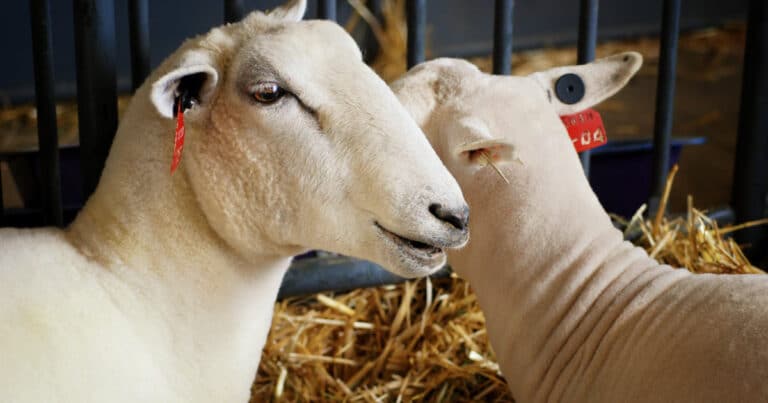
If you are raising sheep to show at your local or regional fair, part of the process (unless you’re raising a wool breed) is washing
Don’t stop now, let’s keep learning! Next up, we’ll explore all about starting out with a new sheep farm.